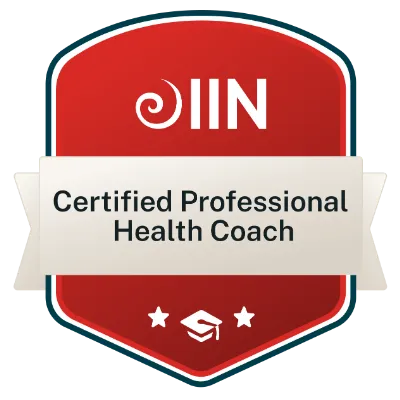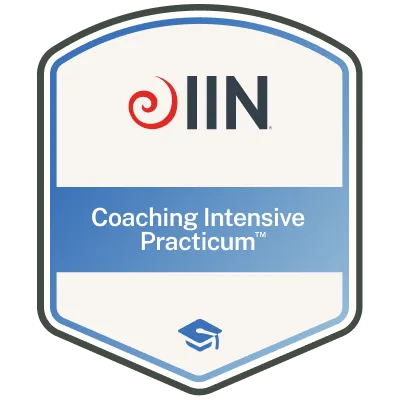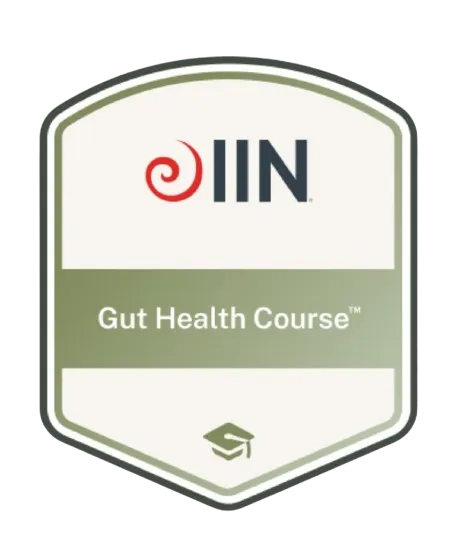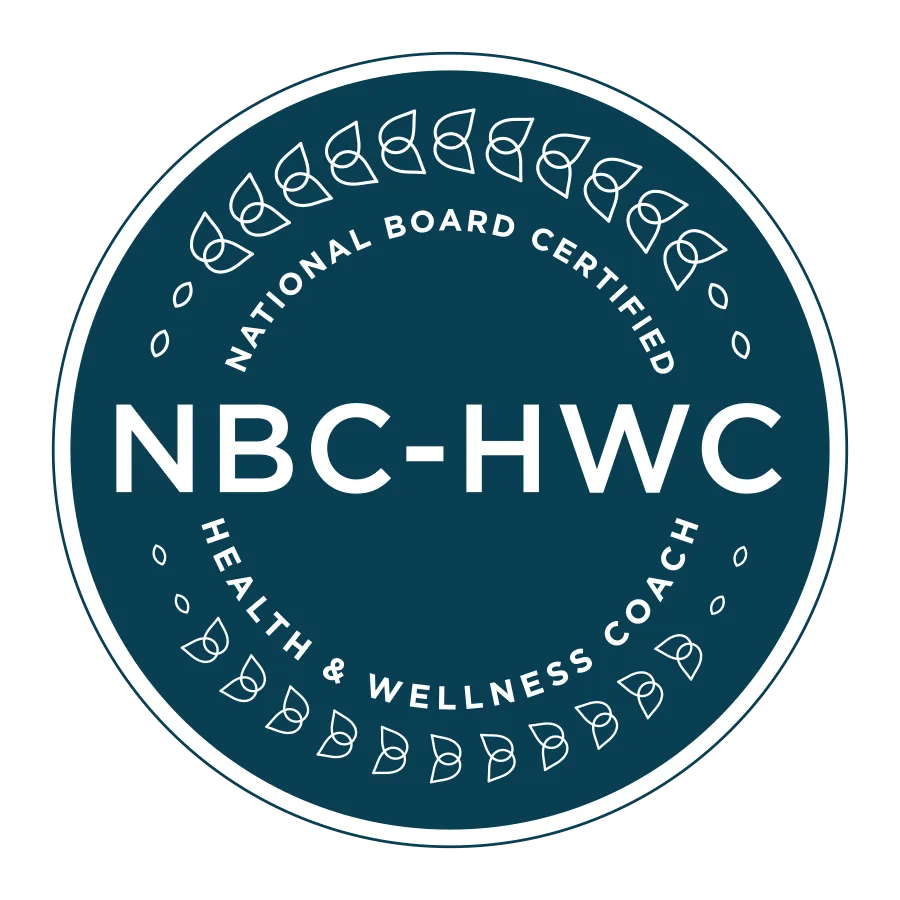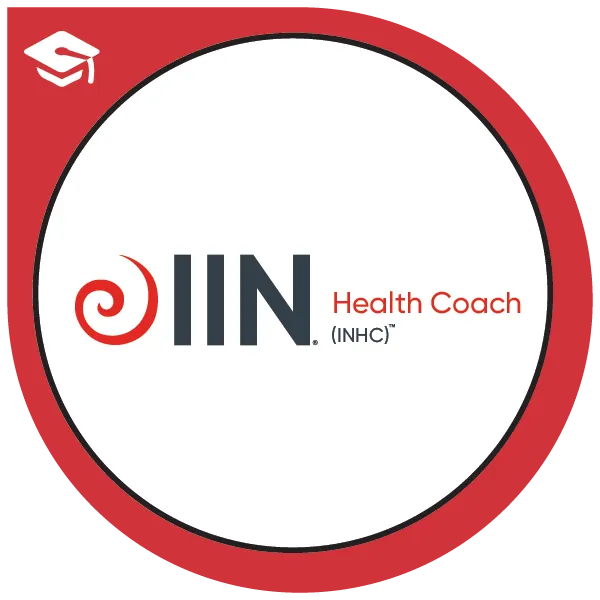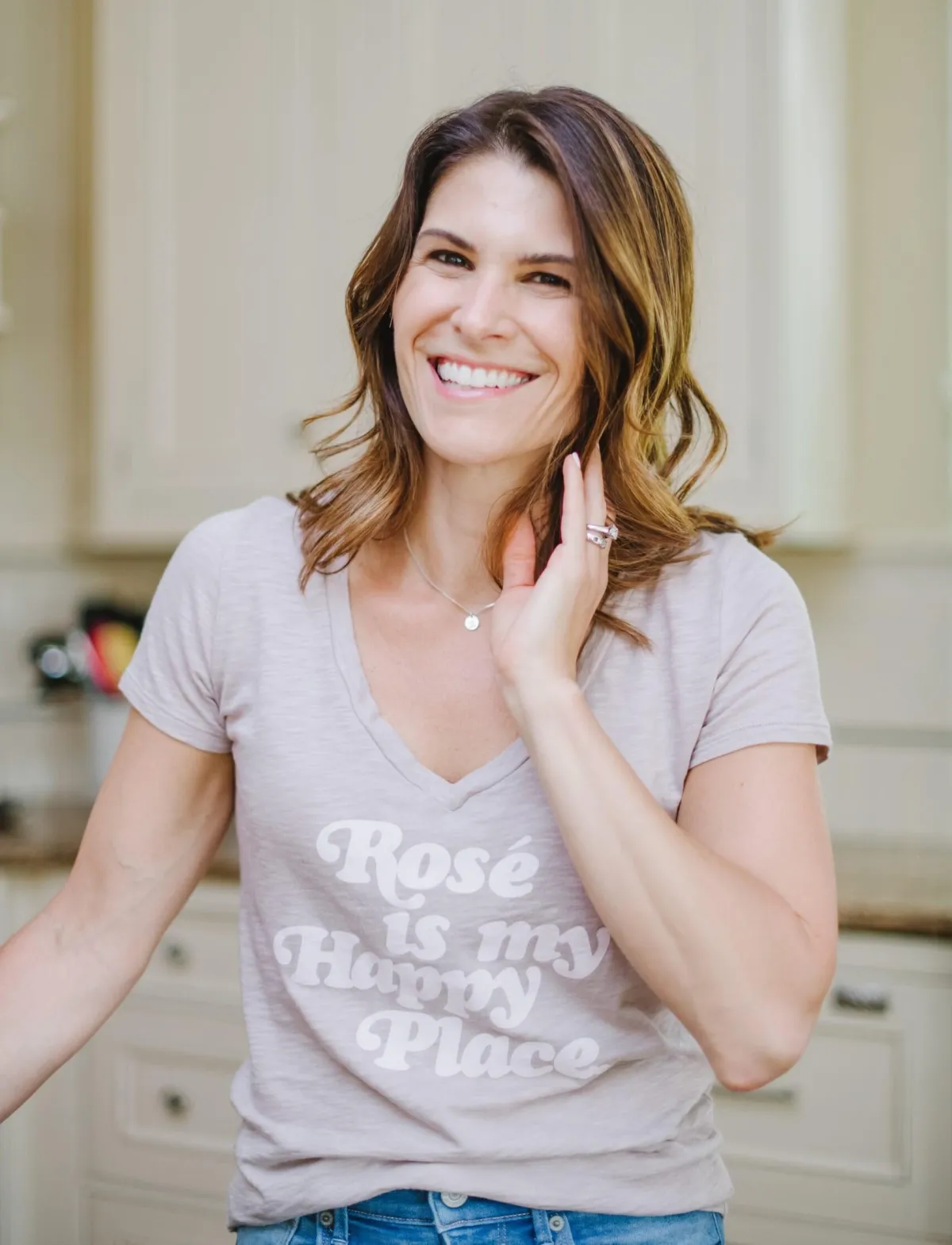
Hello! Cherise Mazur here! Board Certified NBC-HWC Health Coach and Yoga Instructor (RYT560) specializing in women’s health, perimenopause, menopause, and Hashimoto’s. Inspired by my own healing journey, I help women address the root causes of their health challenges through personalized strategies in nutrition, stress management, sleep, and movement. My approach focuses on sustainable lifestyle changes without restrictive diets or quick fixes, empowering women to feel balanced, energized, and in control of their well-being.
Through my health coaching programs,
I combine education, accountability, and practical tools to help women thrive. I also lead yoga classes tailored to support hormone health and stress relief. Whether through 1:1 coaching, group programs, or workshops, I am dedicated to helping women reclaim their health, cut through the BS and live vibrantly at every stage of life.
🌿 Join My 4-Week Summer Wellness Program!


Work With Your Hormones • Reduce Cravings • Restore Your Energy
Tired of feeling bloated, burned out, or off track this summer?
This is your invitation to not feel like crap—with simple, supportive habits designed for real women, real life, and real results.
Whether you’re navigating hormone shifts, sugar cravings, thyroid challenges, or just need a fresh start, this 4-week experience will guide you back to feeling like YOU again.
💛 This Reset Is for You If:
➡️You feel bloated, tired, or out of routine
➡️You're struggling with sugar cravings, low energy, or brain fog
➡️You want to nourish your hormones (hello perimenopause!)
➡️You’ve been “starting over” every Monday without lasting changes
➡️You want real guidance without the diet culture BS
🌸 What’s Included:
WEEKLY WELLNESS THEMES
Each week focuses on one pillar of hormone-supportive wellness:
Week 1: Foundational Nutrition & Blood Sugar Balance
Week 2: Self-Care & Nervous System Support
Week 3: Sleep, Energy, and Movement
Week 4: Sustainable Habits & Long-Term Strategies
3 Different Options to choose from to personalize your experience - you choose your June start date!

Looking for Meal Prep Motivation & Inspiration?
My 5 Day Meal Prep Guide will help kickstart your journey! Packed with simple healthy recipes and tips to get you started today. Drop your email below to have it sent directly to your inbox – and look out for more tasty recipes and tips along the way.
Healthy Easy Recipes
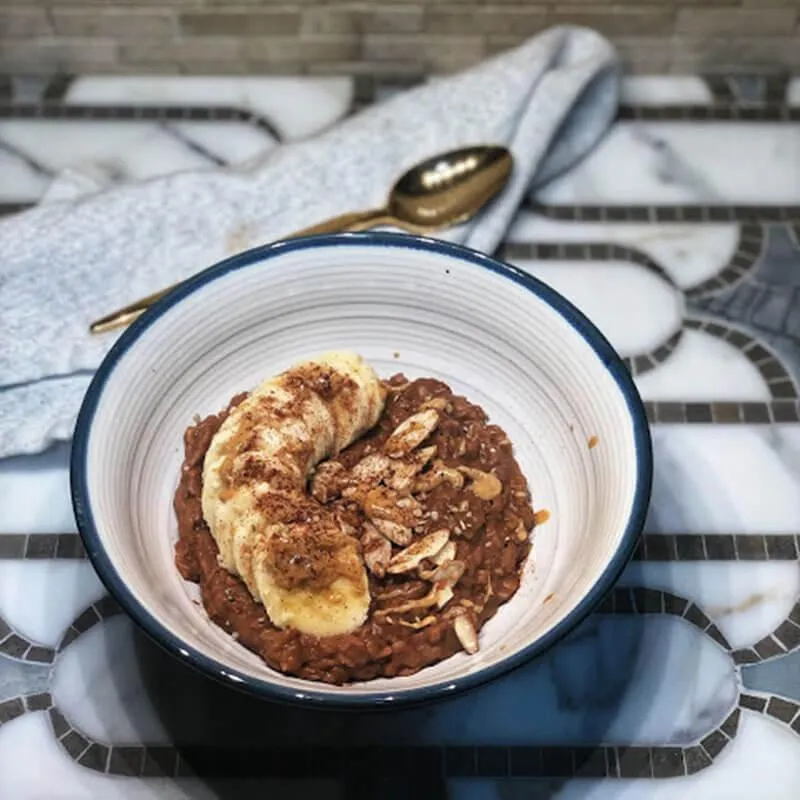
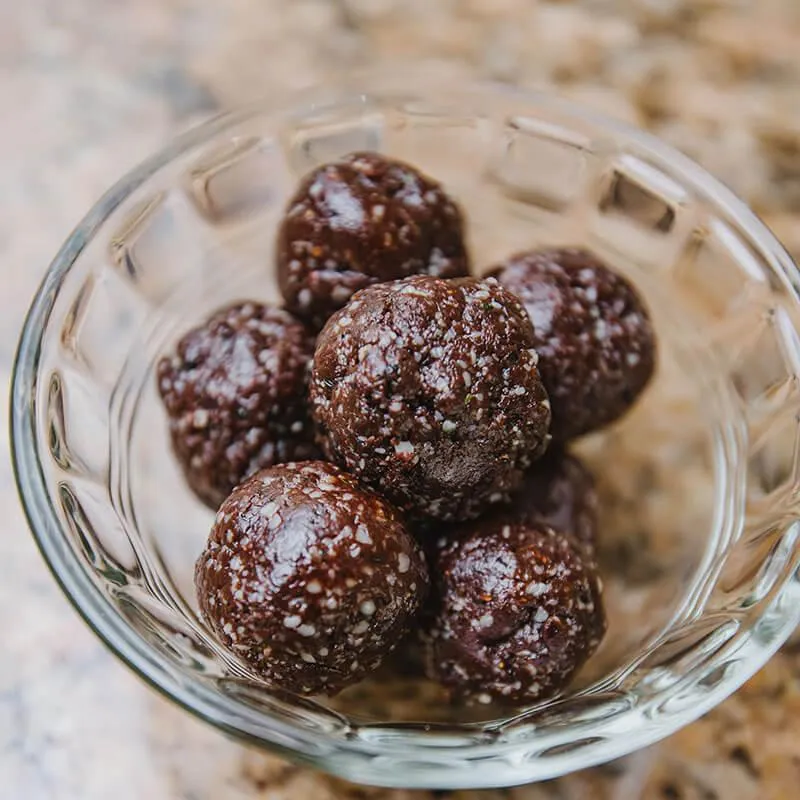
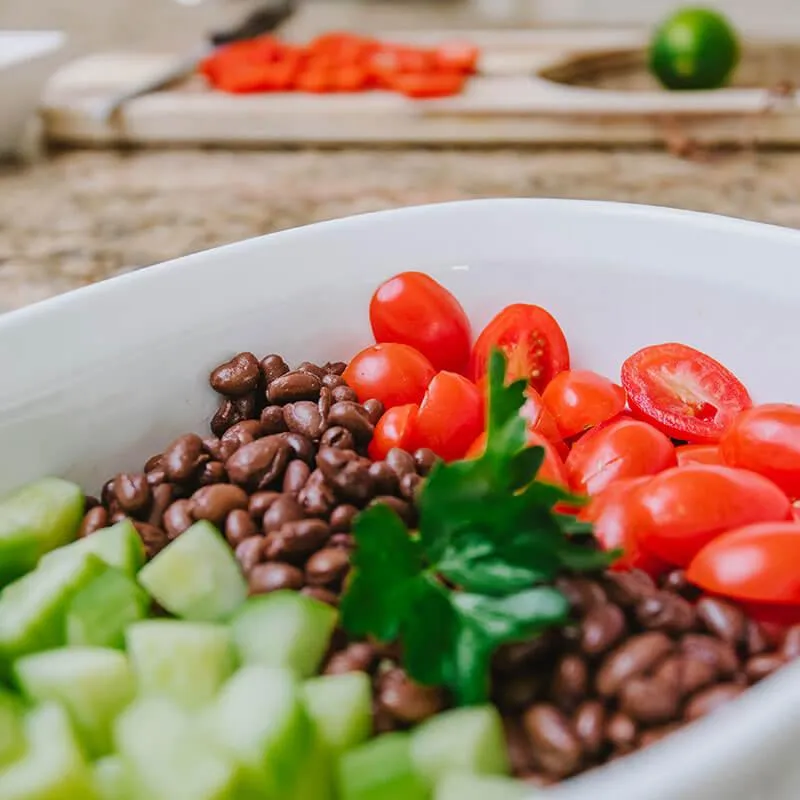
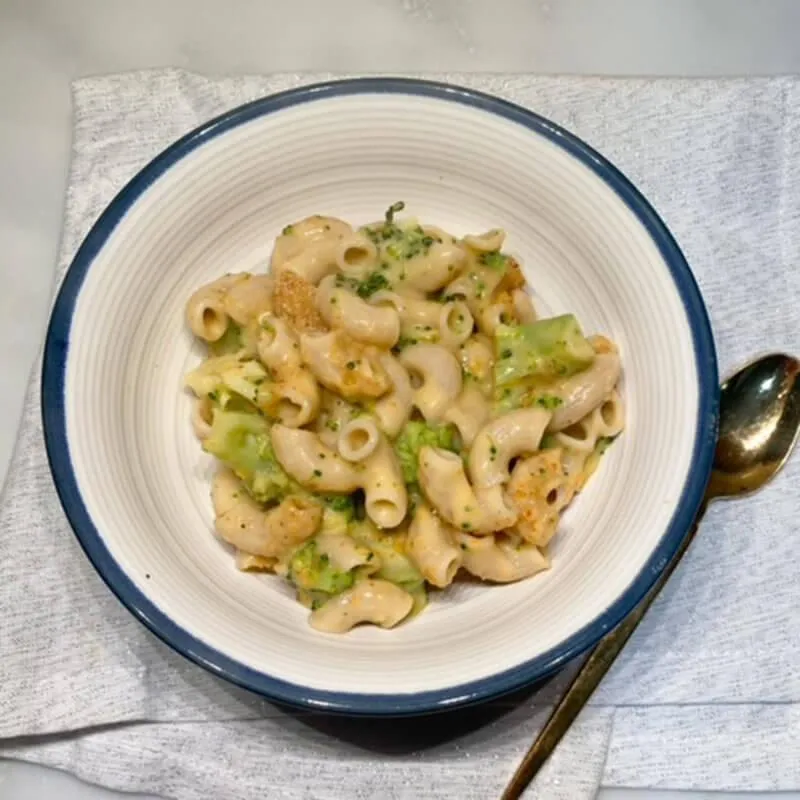

Check out the Blog
Sharing all things lifestyle, fitness and wellness.

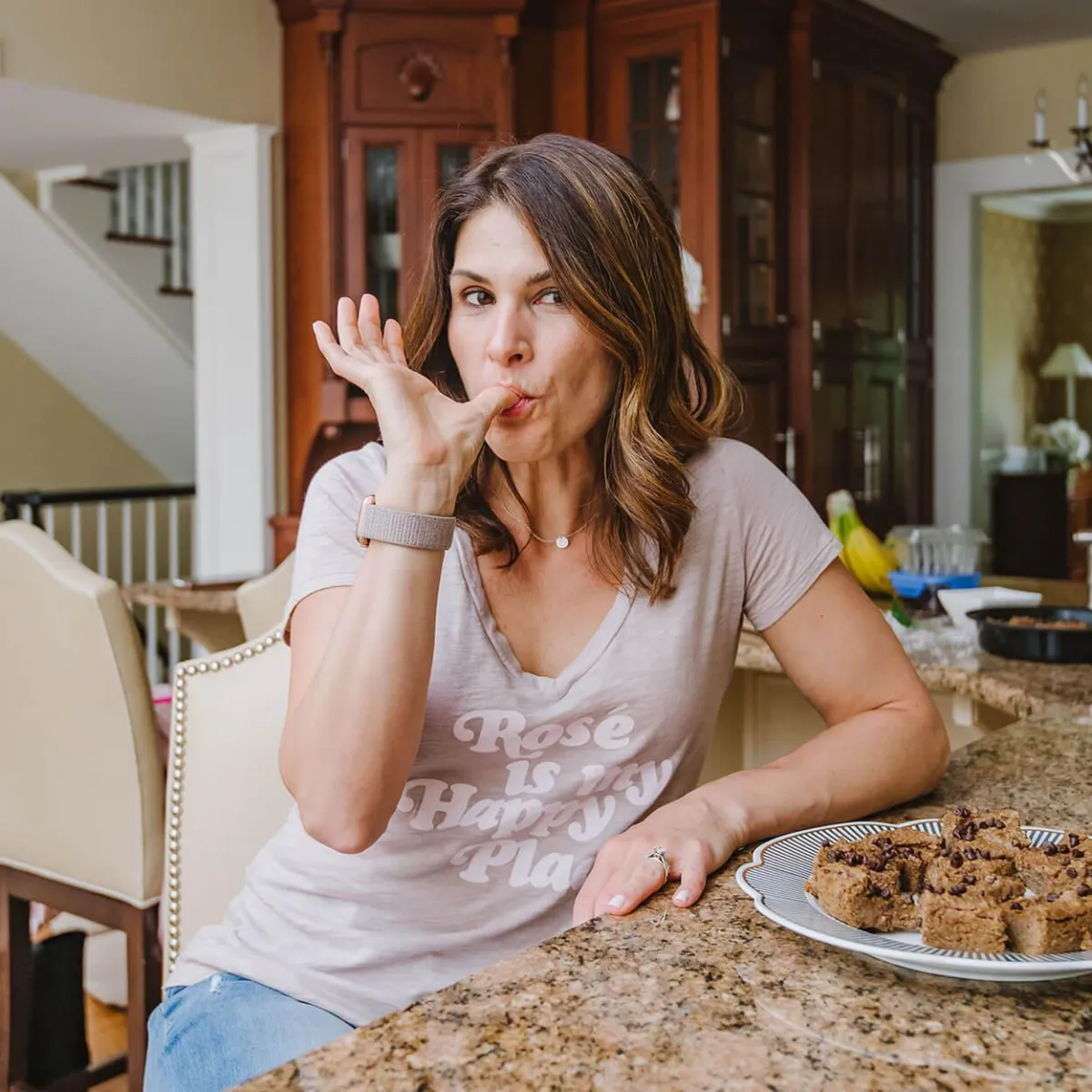
My journey to becoming an Integrative Nutrition Coach was inspired by my own experiences with health and fitness. I've faced struggles with weight gain, body image, diet culture, exercise obsession, and restrictive eating—and I’m proud to say I’m now managing my Hashimoto’s in remission!
Throughout this journey, I discovered that true health begins when we quiet the noise of external influences and tune into our own bodies.
In my 1:1 holistic health coaching program, I’ll guide you through these challenges and more, helping you cultivate lifelong habits for a healthier, more balanced life.
